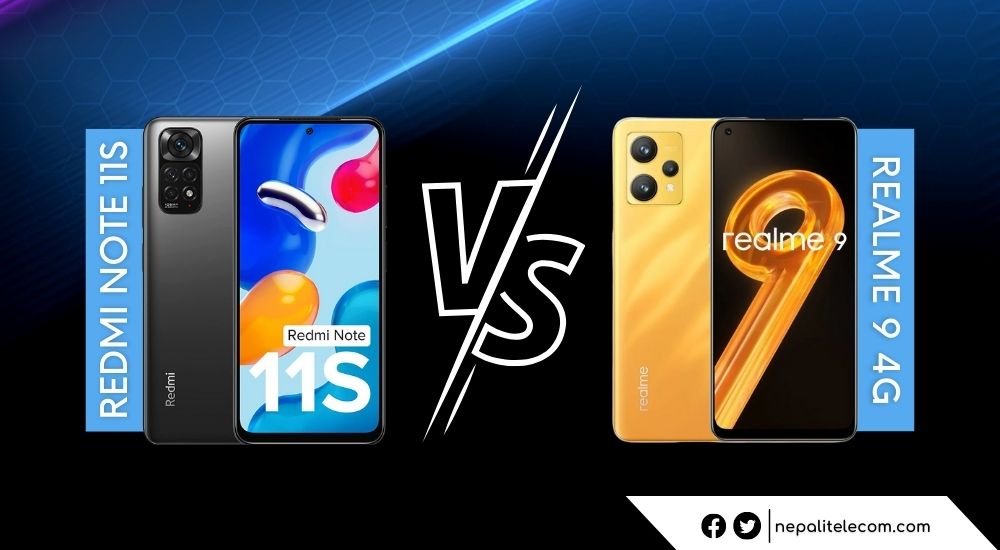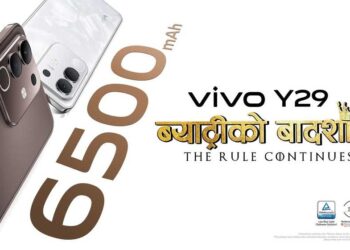The midrange market is dominated by giant players such as Redmi and Realme in Nepal. Especially for people opting for phones from 30K to 35K, we have chosen the worthy contenders from the aforementioned brands; Redmi Note 11S vs Realme 9 4G. Redmi Note 11S boasts a Mediatek G96 chip while Realme 9 4G has gone with Snapdragon 680. Both with 108MP cameras, let’s know which one is better to buy on our Redmi Note 11S vs Realme 9 4G comparison article.
Redmi Note 11S vs Realme 9 4G Design and Display
Redmi Note 11S features a boxy design language for a comfortable hold while Realme 9 4G continues with the traditional rounded frames look. Further Realme has infused plasma atom-coating and UV-Nano imprinting on its phone. Both phones weigh almost the same with just a gram of difference. Redmi Note 11S is at 179g while Realme 9 4G is at 178g. Both companies haven’t mentioned any protection on the back. Looks are completely a matter of personal preference though.
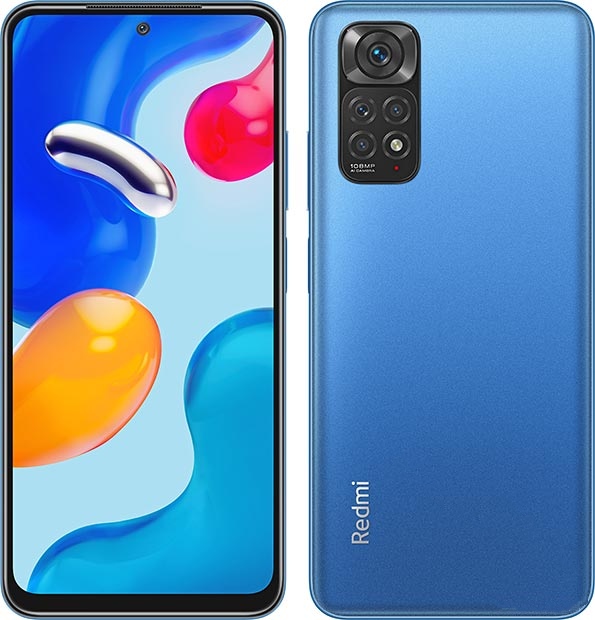
Upfront, both devices sport a 90Hz Full HD+ AMOLED display. Both have similar screen sizes. Talking about the touch sampling rate, Realme 9 4G takes the lead with 360Hz while Redmi Note 11S settles at 180Hz. Even though the refresh rate is the same, touch response is better on Realme. While the peak brightness is at 1000nits on both phones. Display quality shouldn’t be of great difference as both brands have been providing quality AMOLED panels on budget phones. Further, Realme 9 4G has Gorilla Glass 5 protection while Redmi Note 11S has Gorilla Glass 3 protection.

Redmi Note 11S vs Realme 9 4G Performance
Here, both phones have different chipsets. Redmi Note 11S has a Mediatek G96 chip based on 12nm architecture. On the other hand, Realme 9 4G boasts a Snapdragon 680 chipset based on 6nm architecture. For battery efficiency, the 6nm node will be better but for power and performance, Helio G96 is more powerful. On Geekbench, the single-core score for the G96 chip is 541 as compared to Snapdragon 680s 377 scores. Also for multi-core scores, Helio G96 proves to be better than Snapdragon 680. So, it is quite clear that gaming and performance are going to be better on the Redmi Note 11S undoubtedly.
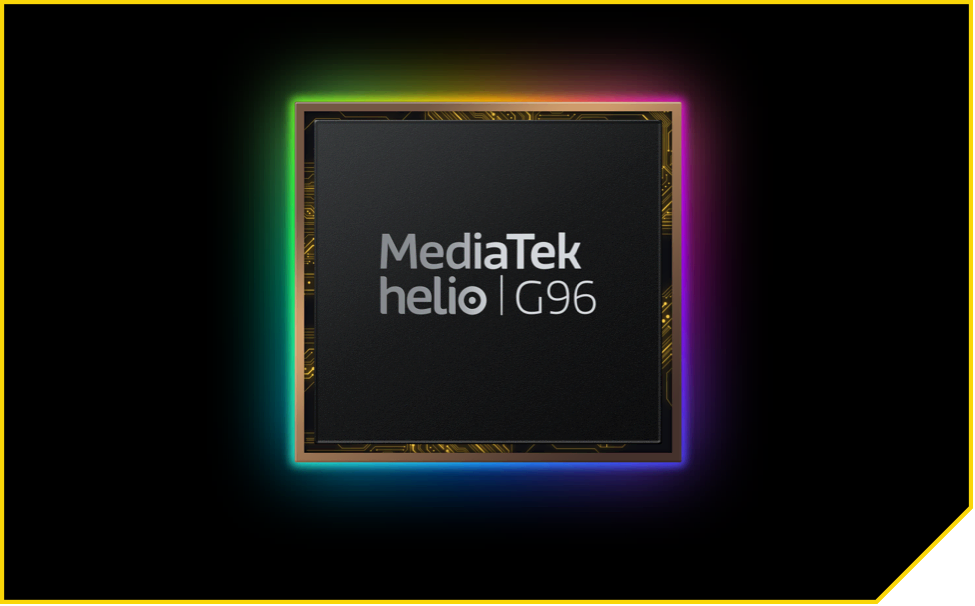
There is a virtual RAM extension feature on both phones. Software-wise, Redmi Note 11S runs on MIUI 13 based on Android 11 OS. Realme 9 4G boots on Realme UI 3.0 based on Android 12. The OS skins are personal preferences but Realme has provided Android 12 out of the box.
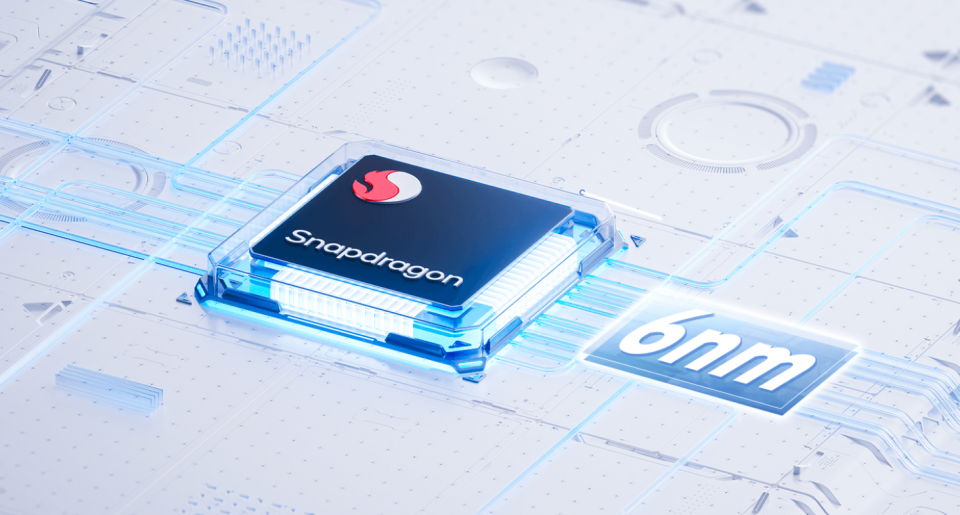
Optics
In the camera department, both phones have a 108MP camera onboard. Redmi has opted for a quad-camera setup: 108MP Primary, 8MP Ultrawide lens, 2MP Macro, and 2MP Depth units. Meanwhile, Realme has provided a triple camera layout with a 108MP main lens, 8MP Ultraiwide, and 2MP Macro camera. The 108MP lens on Redmi is a Samsung ISOCELL HM2 lens with an f/1.9 aperture. Whereas, Realme has a newer Samsung ISOCELL HM6 lens with an f/1.75 aperture. Picture quality should be a bit better with Realme’s 108MP camera. Still, color science is different on both phones. Redmi usually has a more natural-looking color contrast while Realme has stronger AI mechanics. For ultrawide, Realme’s 120° FOV is wider than Redmi’s 118° FOV. The rest of the lenses should perform in a similar way.
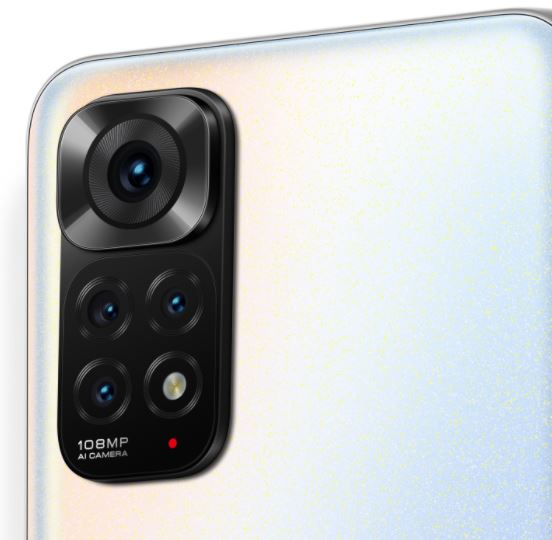
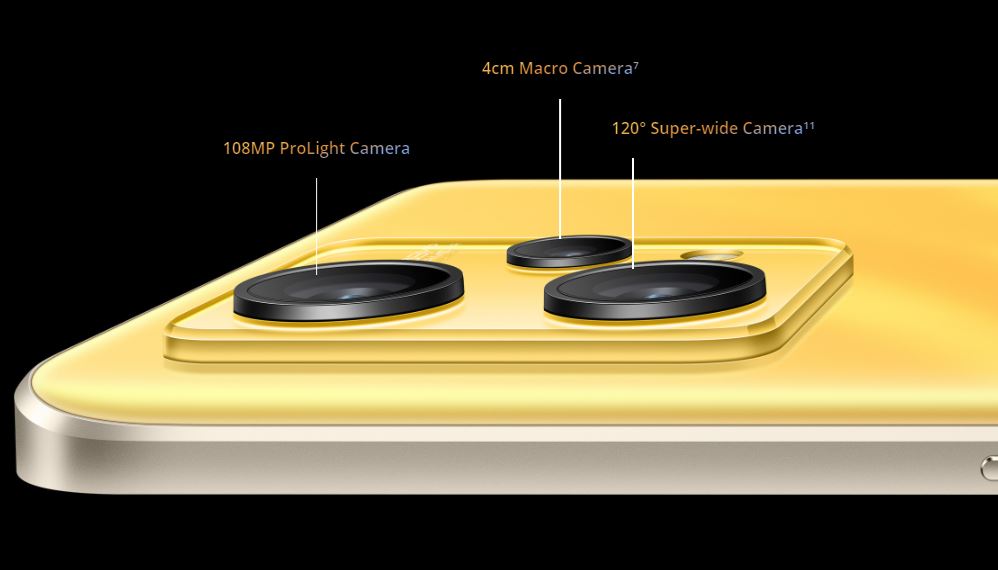
Pricing
In terms of pricing, Redmi Note 11S is cheaper and starts at Rs. 29,999 for the 6/128GB variant. The 8/128GB variant costs Rs. 31,999. Meanwhile, Realme 9 4G retails at Rs. 31,499 for the 6/128GB variant and Rs. 33,499 for the 8/128GB variant. Here, you save Rs. 1,500 on Redmi Note 11S on both variants.
Redmi Note 11S vs Realme 9 4G, Which One to Buy?
Both phones have AMOLED screens with the same 90Hz refresh rate. The resolution and peak brightness is also the same while the touch sampling rate is better on Realme 9 4G. The design is a personal choice matter. Display protection gets better with Gorilla Glass 5 on Realme though. While the AMOLED quality shouldn’t be of a drastic difference on either of the phones. Moving to the optics, both have similar cameras although Realme features a newer 108MP HM6 lens as compared to108MP HM2 lens on Redmi. As a result, Realme 9 4G can output images with better lighting and zooming capabilities from the main sensor.
In terms of performance, Redmi Note 11S takes the lead here with Helio G96 over the Snapdragon 680 chipset of Realme 9 4G. You can also expect better FPS on games like PUBG on the Redmi Note 11S. Also, day-to-day usage and switching through the apps should feel better with a more powerful chip on Redmi for sure. MIUI and Realme UI are also a matter of personal choice though. Both phones have stereo speakers, MicroSD card expansion, headphone jack, etc. In terms of pricing though, Redmi Note 11S is cheaper for both variants.
Do Check:-Xiaomi Mobile Price in Nepal
So, Redmi Note 11S becomes a better buy with a cheaper price and better performance. That doesn’t make Realme 9 4G inferior though. It has a slightly better Samsung HM6 108MP lens and a better 360Hz touch sampling rate. But for real-life usage, Redmi Note 11S has better value for money with all of the features as compared to Realme 9 4G. Realme’s only downside is the inferior Snapdragon 680 chip in the 30K plus price tag category.
Also Check:-Realme Mobile Price in Nepal
What do you think about this comparison? Which one do you think is a better buy? Do let us know your thoughts in the comment section below.


